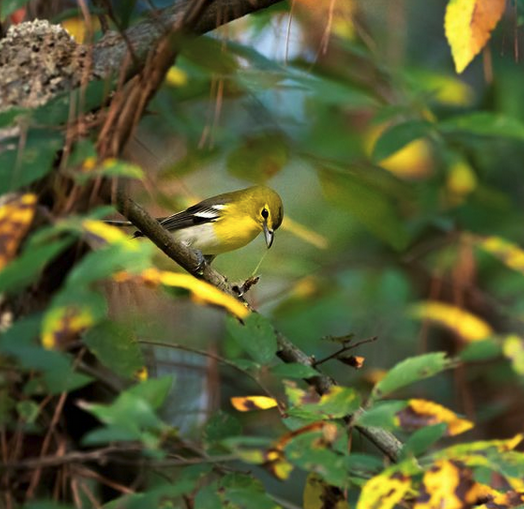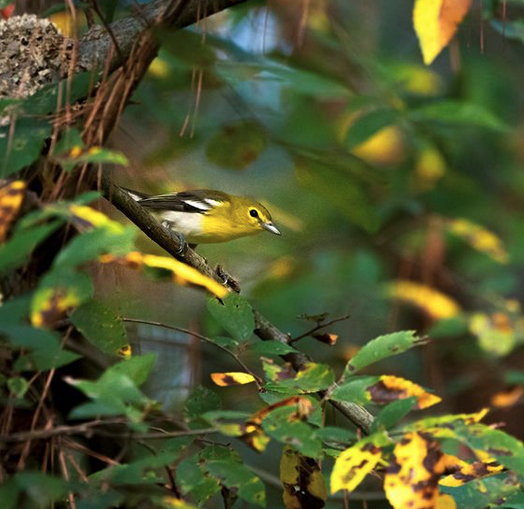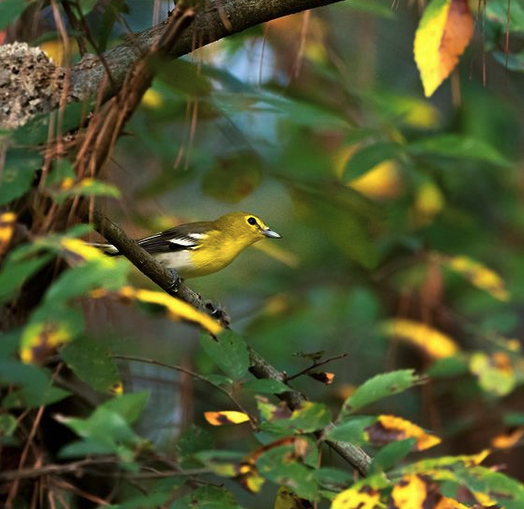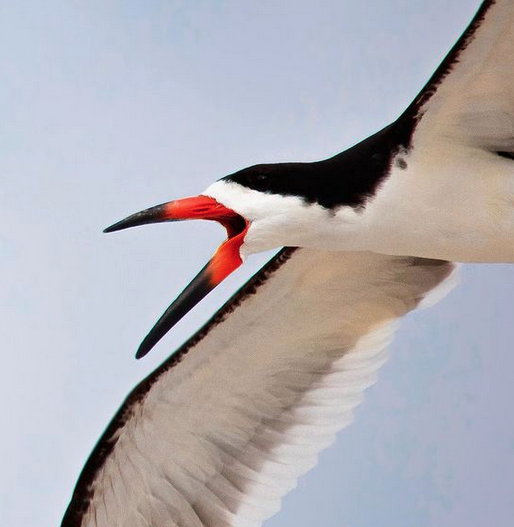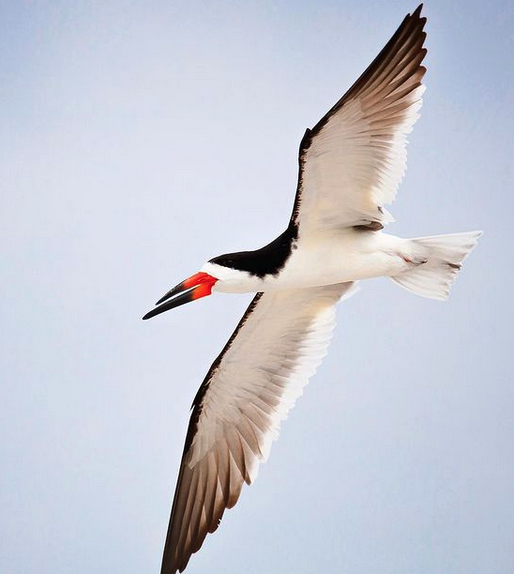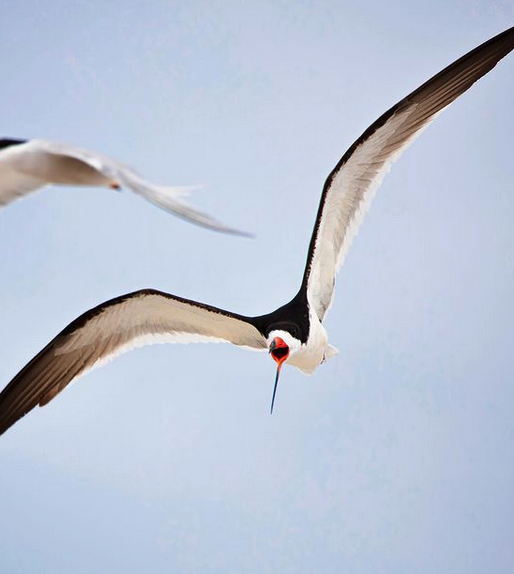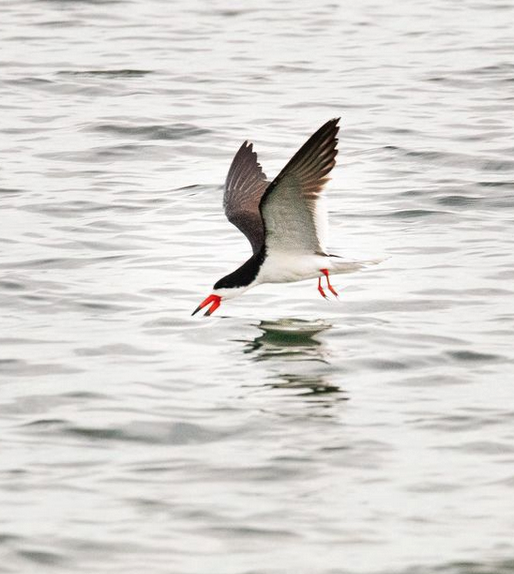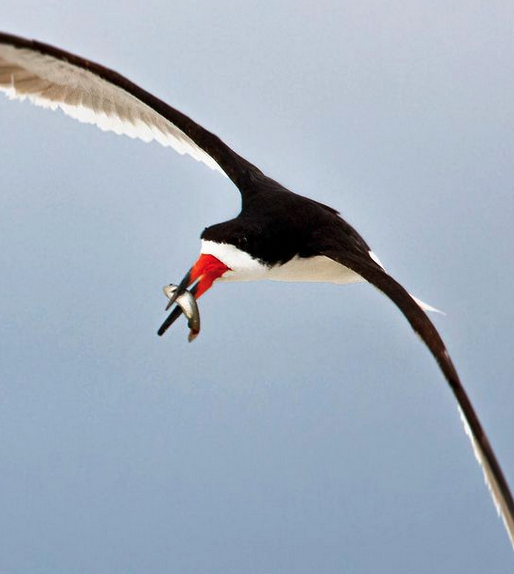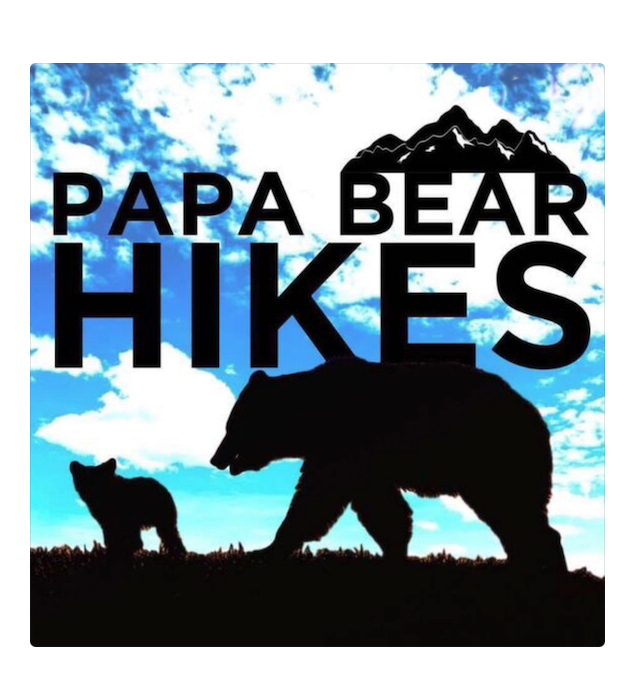March tends to be a slow month for birding activity yet there are still interesting birds to be found if you’re willing to go find them!
Case in point, these Red cockaded Woodpeckers.
I was pleased to find several of them last week during a quick visit to the Sandhills region of NC.
These energetic little spitfires were quite entertaining to watch as a small flock of Red cockadeds chased and fussed at one another in high boughs of the pines.

These sweet little birds were once a common sight in the southeastern regions of the United States. Due to loss of habitat, today they are considered an endangered species.
The reason why is because Red-cockaded Woodpeckers require a narrow scope of forest conditions to breed. They prefer to nest in mature stands of long leaf pine trees with little or no understory. Unfortunately these old growth forests have faced rapid decline which in turn has led to the decline of this species as well.

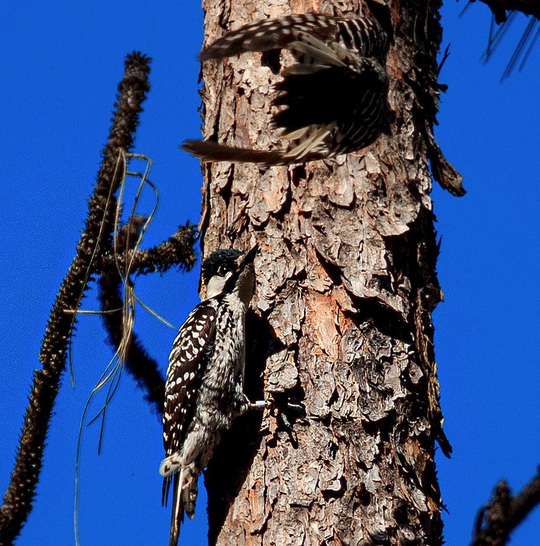
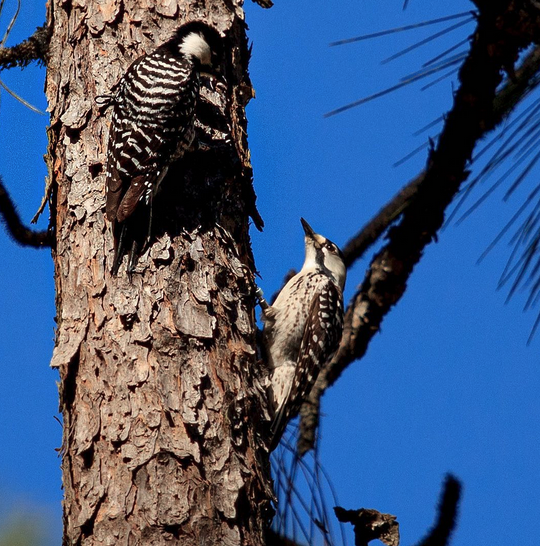
Luckily, the Sandhills region of North Carolina is a special place where several stands of old pine trees are preserved and maintained lending to provide the perfect conditions for the Red-cockaded to nest. Here you can see them raising their families every spring and throughout the summer months. It’s truly a special place to enjoy these wonderful birds.
Would you like to see these beauties too?
I’ve still got a few spots open for guests to join me this May on my birding photography tours in the Sandhills. If you’d like to come along, check the link below and I’ll be happy to answer any questions you may have about signing up!
FIND THE RED COCKADED WOODPECKER TOUR- BIRDING AT THE WEYMOUTH WOODS PRESERVE
Photos by @sally_siko of @birdwatching_nc on my beloved 50MP beast, the @canonusa #5Ds






